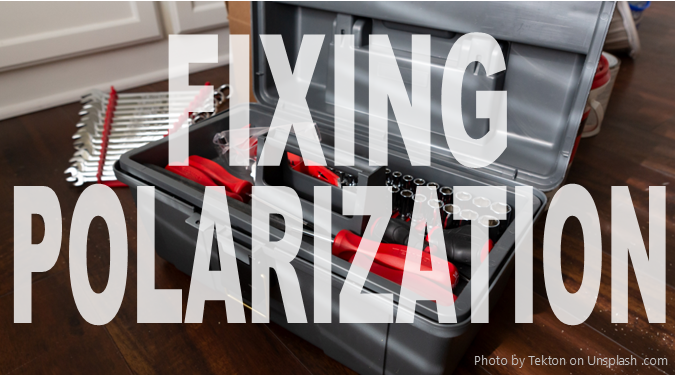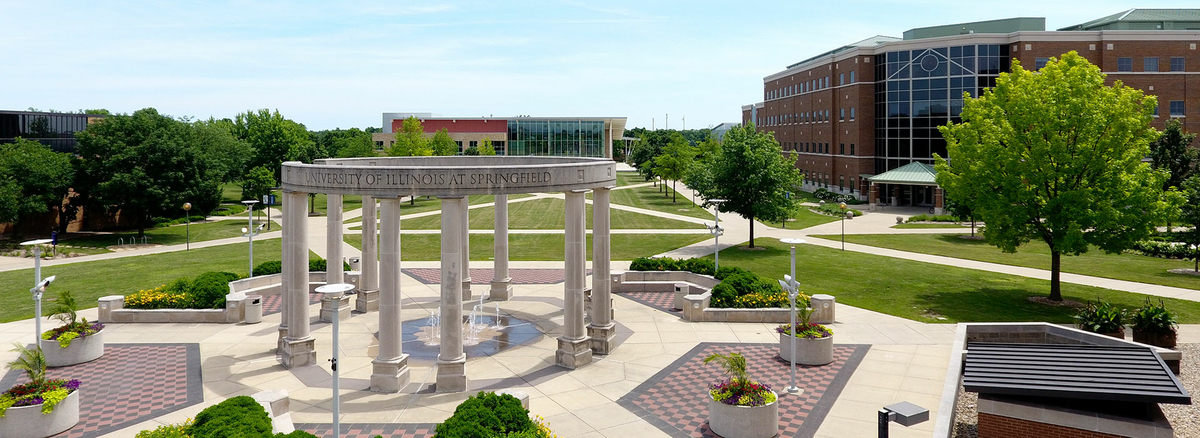
Previously I wrote a detailed blog about the rise of affective partisan polarization in America. This polarization impacts local, state, and national politics and contributes to the dysfunction of government that Americans notice and criticize. A question I’ve gotten since that post is “well what do we do about it?!” It’s a massive, complicated, question with researchers pointing at different solutions. So naturally, I’m going to try to summarize some solutions in a brief (I promise!) blog post. To keep things short, I will only focus on three institutional solutions to this problem people have proposed.
Electoral competition:
Researchers find that quite consistently approximately two-thirds of Americans want a third major party. Also, Americans are critical of the two major parties, including the one they lean towards, and bashing the two parties is a point partisans can agree on. Even self-identified independents are often “secretly” partisan. So, Americans have this attachment to one of the two major parties that massively shapes who they are, but they don’t like parties all that much and seem to want them to face more competition. That’s a fun combination. Research has found that perhaps competition is exactly what is needed to lower partisan temperatures. Particularly, social psychologists find that splitting people into three groups instead of two leads to less animosity. When there are two viable options this seems to trigger an us-vs-them, good-vs-evil, thinking and drives, in the context of politics, hatred towards the political “other” that is more limited in a multi-group situation. From this, some who are trying to address issues in America’s system suggest that increased electoral competition could cool down temperatures between partisans. Further, research has found that a move to more major parties may more accurately reflect the political diversity of the American electorate.
Increasing the Number of Elected Officials:
Another argument essentially amounts to the idea that elected officials are out of touch with the electorate due to the large number of people they represent. Focusing for now on the U.S. House of Representatives, previously every 10 years the House added additional seats to accommodate the growing US population. However, this process was not required (despite James Madison and other founders advocating for it when drafting the Constitution). This process last occurred in 1911, freezing the House at 435 members. At the time, this meant that a member of the House represented about 200,000 people, on average. In 2022, that number has nearly quadrupled. This is important as the larger the district the higher the likelihood that the representative takes positions opposite of what the majority of their constituents want, and instead listen to loud (or better funded) voices which tend to be more biased or extreme.
There are debates about what size the expanded house should be. Following a pattern (importantly, not a formal law) found in the national legislative branches of other democracies (and something the US largely followed as well until 1911), some suggest that the House be expanded to the cube root of the US population, this would expand the House to approximately 593 members, keeping the 100-member US Senate. Other numbers put forward by supporters of this idea are 585, 485, 568, and many more.
For those interested in the context of Illinois, the cube root formula would mean the General Assembly expands to roughly 234 members. Interestingly, this is nearly the number of seats Illinois had in the General Assembly before the 1980 Cutback Amendment. To be clear, I’m not advocating for expanding the General Assembly, just giving a local example.
Changing the Electoral System:
Perhaps the most “radical” idea for addressing the increased polarization is changing the electoral system entirely. In fact, some argue you can’t get the first solution, more parties, without it. Former CSPL student researcher Nolan Flaherty explained some of these proposed changes previously. In addition to ranked-choice voting (RCV)[1], approval voting, and points scoring which focus on ballot structure, advocates suggest that America should move to a system of proportional representation, similar to many other democracies. A party reaching a threshold of percent of votes would get that percent (or some other formula) of seats in the legislative branch. I won’t go into more detail today, but others have. This proposal is often combined with a change to multi-member districts where each congressional district, for example, would have multiple representatives instead of just one. Multi-member districts are used in ten US states currently. Illinois and the US House used these previously. The last solution is a move towards so-called “jungle” primaries, where all candidates for an office are fielded on one ballot for the primary. Regardless of partisan affiliation, everyone gets the same list of candidates to vote from. The top finishing candidates (the number varies), regardless of party affiliation, face off in a general election. Jungle primaries are sometimes paired with ranked-choice voting, like in Alaska.
The CSPL isn’t advocating for any of these actions. We are beginning to research them though. A recently published article by CSPL staff and faculty finds that the electoral performance of third-party candidates would have doubled (based on the initial “first round” tally) in the 2020 U.S. Presidential election if ranked-choice voting had been used. Forthcoming work of ours also suggests that supporters of candidates who lose the election may be more accepting of defeat in RCV compared to our current system. This finding has important implications considering the reactions of the losing side in recent U.S. elections. We also have in-progress works covering additional areas discussed here that we will share in the future. With that, keep an eye on this space and on the Center’s mailing list for future research, webinars, and other features on the topic of polarization and potential solutions. Thanks for reading.
___
[1] By far, Ranked-Choice Voting is the most common electoral reform with multiple major cities, Alaska, and Maine using it for general elections. A handful of states and other localities that also use it for some of their presidential primaries.
________________________________________

Author biography: AJ Simmons is the Research Director of the Center for State Policy and Leadership at UIS. He holds a PhD from the School of Politics and Global Studies at Arizona State University. He likes bowling and discussing politics with people he disagrees with.



